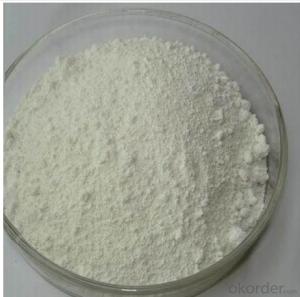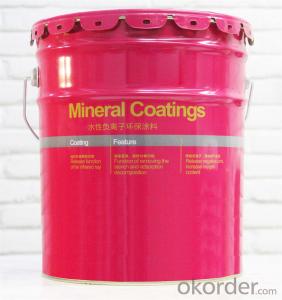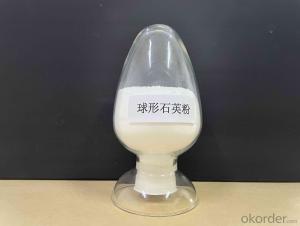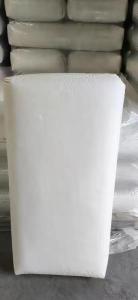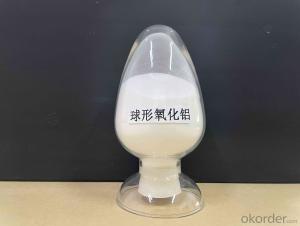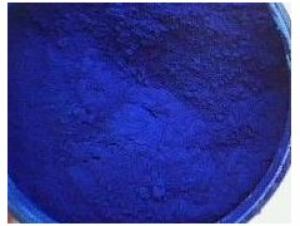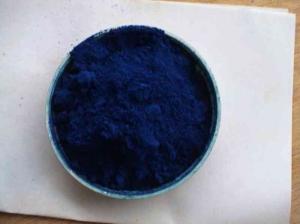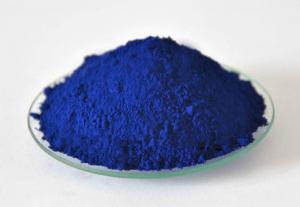Titanium Dioxide Tio2 for Painting Industry White Powder
- Loading Port:
- Tianjin
- Payment Terms:
- TT OR LC
- Min Order Qty:
- 1000 kg
- Supply Capability:
- 1000000 kg/month
OKorder Service Pledge
OKorder Financial Service
You Might Also Like
Product introduction:
Titanium pigment called titanium dioxide is a kind of white pigment, with non-toxic, best best whiteness and brightness, opacity, is regarded as the performance in the world today one of the best white pigment, widely used in coatings, plastic, papermaking, printing ink, chemical fiber, rubber, enamel, ceramics, electronic ceramics, glass, alloys, welding wire, cosmetics and other industrial.
It has Rutile type titanium Rutile (R) and sharp type (Anatase type A) two types of structure, the Rutile crystal structure is compact, stable, small optical activity, and good weather resistance, and have higher hiding power, decolorization, and therefore have A better application performance, get more extensive application
Main features:
Superfine particle size
Excellent dispersion High tinting power High whiteness
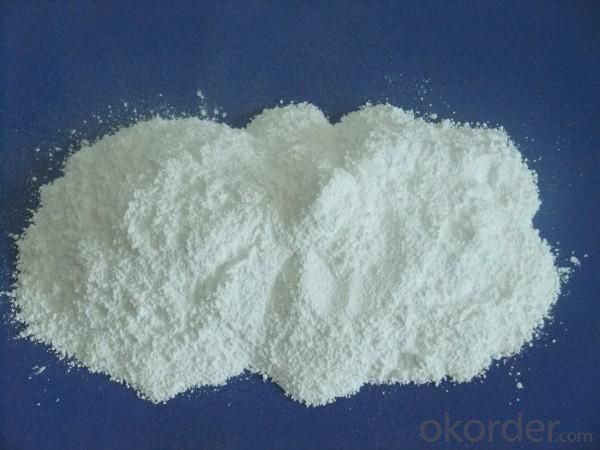

Packaging:
Packed in 25kg PP/paper bag,22MT/1*20'FCL for rutile/anatase titanium dioxide/tio2 for high grade ceramics
Specifications:
Item | Index |
TiO2 content % | ≥92 |
Specific Gravity | 4.1 |
Tinting strength | ≥1800 |
Oil absorption | ≤20 |
PH | 6.5-8.0 |
Whiteness % | ≥97 |
Volatile Matter % | ≤0.3 |
Dispersibility(Hegman) | ≥6.0 |
Average particle size µm | ≤0.29 |
Rutile content % | ≥98 |

- Q:what is the relationship between chlorophyll a, accessory pigment?
- Sativa- uplifting, high, trippy, baked out of your gourd, ****** up, spacy Indica- passing out, baked, stoned, sleepy, couchlock, retarded, weird dreams
- Q:do all leaves extract contain the same pigments??why?
- Plants okorder /... Plants have classes of pigments that act as adjuncts to the chloroplast's chlorophyll, in several ways. Some are accessory pigments that broaden the range of absorbed light. These pigments are found in the light gathering arrays in chloroplasts. They also alter the color of the leaf depending on what specific pigments it has to gather light energy and that determines what is reflected (green is the basic reflected spectra but is might be yellowish or bluish green). The major accessory class of pigments, the carotenoids, collect light in the red to yellow wavelengths chlorophyll a can’t, then the carotenoids transfer the energy to chlorophyll a to process. Among the carotenoids are the xanthophylls that provide UV protection for the light gathering centers of the chloroplast. Plants adapt to situations and some just have fewer chloroplasts so have less chlorophyll and absorb less of the light. In low light situations they need fewer so variegated plants are possible. This reduced chlorophyll level allows small amounts of other pigments like the yellow pigment xanthophyll to show up.
- Q:I have been looking over the internet and have yet to find the details I need. Such as the function and development of Pigments.
- any of a group of compounds that are intensely coloured and are used to colour other materials.Pigments are insoluble and are applied not as solutions but as finely ground solid particles mixed with a liquid. In general, the same pigments are employed in oil- and water-based paints, printing inks, and plastics. Pigments may be organic (i.e., contain carbon) or inorganic. …
- Q:i need pigment in powdered form and i need it to be oil based for my resin project. i was thinking about just crushing up artist oil pastels but i need it to be really fine with no chunks. sooo, i was wondering if anyone sells really fine oil based art pigment powders in a variety of colors. or do you know of i way i could crush up the pastels super fine so it will mix evenly into the resin? (i hope this made sence, i don't know much about art lol)thanks!!!:)
- Hi. okorder /... Those are all pure pigments, no hues or imitations. The prices may seem high, but even a half a pound of pigment is a huge amount. Prices I've seen on other sites are higher. I do not think it will work to crush up pastels, oil or otherwise, because they already have a binder and probably a lot of filler in them -- you will get a very weak color. Hope this helps.
- Q:Explain why plants need a variety of pigments to carry out photosynthesis?
- It is particularly obvious in seaweeds. The pigment employed by the plant will vary according to the light available, so that seaweeds in shallow water tend to be green but those from deeper water are brown and then, where light levels are really low, seaweeds are red. In most of these cases photosynthesis is still carried out by chlorophyll but the associated pigments help with the absorption of the available light.
- Q:a question on my photosynthesis test review...=_=
- it is in maximum cases the nitrogen. All fertilizers have a N-P-ok quantity ( like 10-10-10) the place each quantity corresponds to the according to cent of each nutrient: nitrogen (N), phosphorous (P), and potassium (ok). The nitrogen in Miracle advance is in maximum cases urea compounds, like safeguard pronounced.
- Q:Why do algae contain pigments other than just chlorophyll?
- they stay underwater...the water swollows easy in a definite sequence, so the deeper they stay the greater distinctive is the easy and that they elect different pigments than landplants.
- Q:Know this ounds kinda obvious but just wanted to confirm, is there more pigment in the middle of the beetroot than on the edges?
- I've known it to be in the skin and thats from a cooking point of view.
- Q:wut is the diff between those 2?
- pigments are loose powder i believe. i like the eyeshadows better. there's a much better selection of those anyway.
- Q:a. chlorophyll ab. chlorophyll bc. chlorophyll cd. carotenoid pigments
- Chlorophylls are greenish pigments which contain a porphyrin ring. This is a stable ring-shaped molecule around which electrons are free to migrate. Because the electrons move freely, the ring has the potential to gain or lose electrons easily, and thus the potential to provide energized electrons to other molecules. This is the fundamental process by which chlorophyll captures the energy of sunlight. There are several kinds of chlorophyll, the most important being chlorophyll a. This is the molecule which makes photosynthesis possible, by passing its energized electrons on to molecules which will manufacture sugars. All plants, algae, and cyanobacteria which photosynthesize contain chlorophyll a. A second kind of chlorophyll is chlorophyll b, which occurs only in green algae and in the plants. A third form of chlorophyll which is common is (not surprisingly) called chlorophyll c, and is found only in the photosynthetic members of the Chromista as well as the dinoflagellates. The differences between the chlorophylls of these major groups was one of the first clues that they were not as closely related as previously thought. Carotenoids are usually red, orange, or yellow pigments, and include the familiar compound carotene, which gives carrots their color. These compounds are composed of two small six-carbon rings connected by a chain of carbon atoms. As a result, they do not dissolve in water, and must be attached to membranes within the cell. Carotenoids cannot transfer sunlight energy directly to the photosynthetic pathway, but must pass their absorbed energy to chlorophyll. For this reason, they are called accessory pigments. One very visible accessory pigment is fucoxanthin the brown pigment which colors kelps and other brown algae as well as the diatoms. From this I would say the answer is c.
1. Manufacturer Overview |
|
|---|---|
| Location | |
| Year Established | |
| Annual Output Value | |
| Main Markets | |
| Company Certifications | |
2. Manufacturer Certificates |
|
|---|---|
| a) Certification Name | |
| Range | |
| Reference | |
| Validity Period | |
3. Manufacturer Capability |
|
|---|---|
| a)Trade Capacity | |
| Nearest Port | |
| Export Percentage | |
| No.of Employees in Trade Department | |
| Language Spoken: | |
| b)Factory Information | |
| Factory Size: | |
| No. of Production Lines | |
| Contract Manufacturing | |
| Product Price Range | |
Send your message to us
Titanium Dioxide Tio2 for Painting Industry White Powder
- Loading Port:
- Tianjin
- Payment Terms:
- TT OR LC
- Min Order Qty:
- 1000 kg
- Supply Capability:
- 1000000 kg/month
OKorder Service Pledge
OKorder Financial Service
Similar products
New products
Hot products
Related keywords


